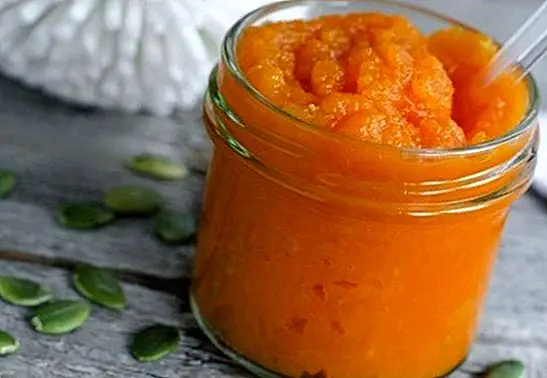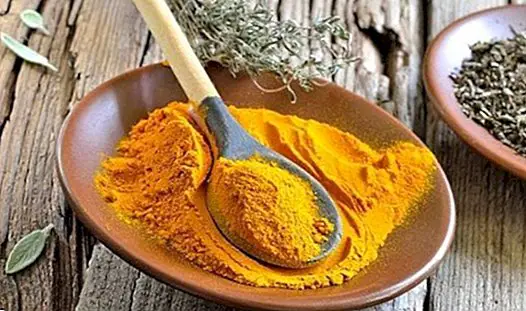Estrogen-rich foods
From the age of 40 it tends to be habitual that there is a progressive decrease in estrogen levels in women; a decrease that decreases with age, and which in fact coincides with the arrival of menopause.

And is that menopause is not a physiological phenomenon that appears abruptly, but consists of a period that can even last for years, during which the woman begins to notice the characteristic symptoms of estrogen lowering and menstrual cycles are altered.
The estrogen are extremely important hormones for women, because they induce cellular proliferation phenomena on the organs, having a certain preventive effect of cerebrovascular disease, while influencing the metabolism of both fats and cholesterol, helps the distribution of Body fat (hence, from menopause, women may have an increased risk of cardiovascular disease), and helps regulate the menstrual cycle, among others.
For all the above, it is recommended that after 40 years the woman follow a diet rich in foods with high estrogen content, which over the years will help the arrival of menopause not "notice so much":
- Soy: shoots and soy drink.
- Fruits: cherries, plums, apples, pomegranates and papayas.
- Vegetables and vegetables: celery, sweet potatoes, aubergines, beets, peppers and tomatoes.
- Vegetables: beans, lentils, peas, chickpeas.
- Cereals: brown rice, wheat, barley, oats and hops.
- Seeds: alfalfa, anise, fennel, flax and sunflower.
Of course, you must take special care with the following food groups, since they tend to lower estrogen levels:
- Fruits: citrus fruits (oranges, lemons ...), figs, melons, pears, pineapples and grapes.
- Vegetables and vegetables: broccoli or broccoli, cabbages, green beans, squash and onions.
- Cereals: white rice, white flour and millet.
Image | jplahm This article is published for informational purposes only. You can not and should not replace the consultation with a Nutritionist. We advise you to consult your trusted Nutritionist.


